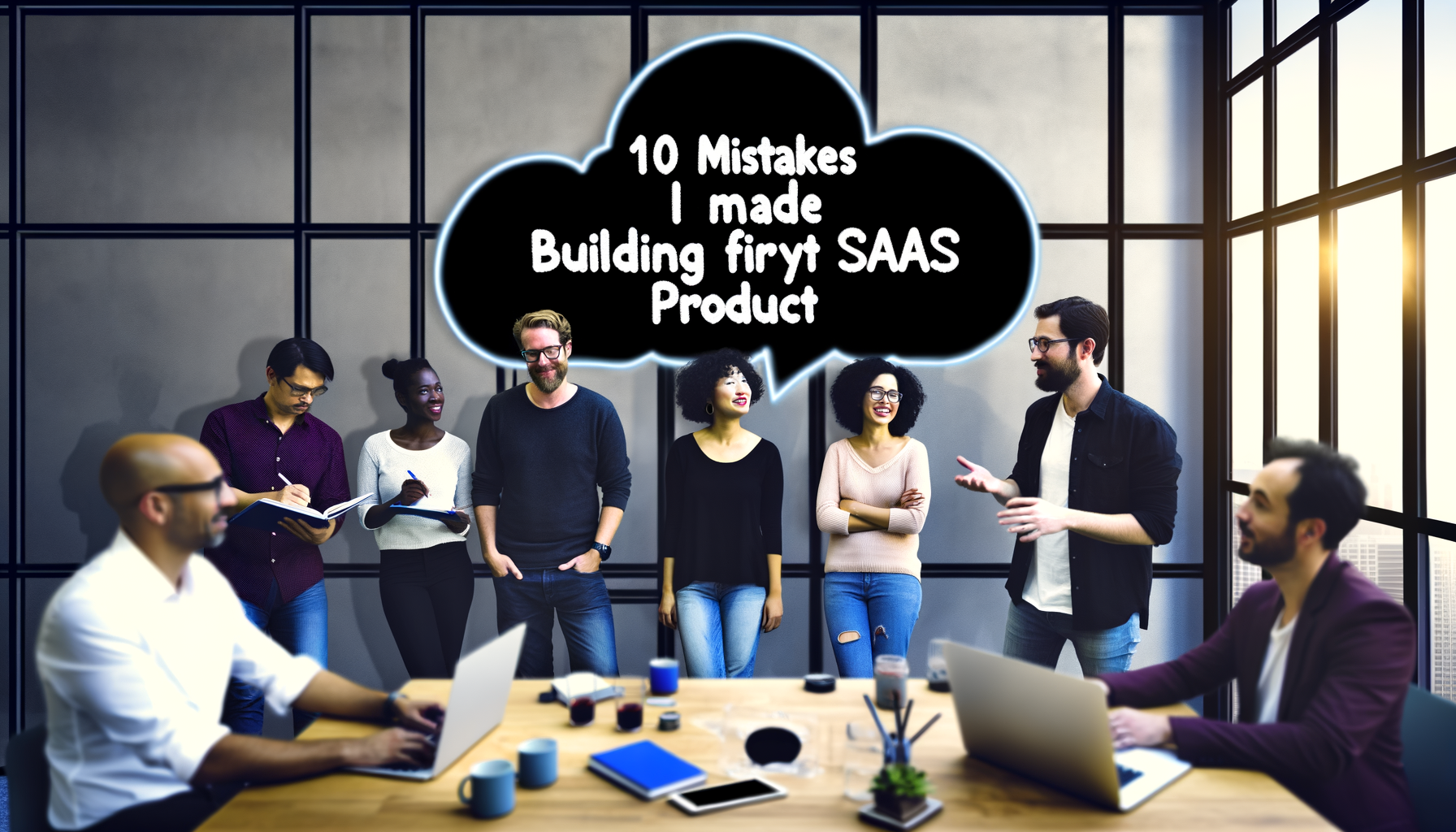
10 Mistakes I Made Building My First SaaS Product
Understanding the Journey: Navigating My First SaaS Product
Embarking on the journey of building my first SaaS product was a thrilling yet challenging endeavour. As a new founder, I quickly discovered that there are numerous pitfalls one can encounter. By sharing some of the critical SaaS mistakes I made, I hope to equip fellow entrepreneurs with insights that save time, resources, and energy.
The Top 10 Mistakes to Avoid in SaaS Development
1. Inadequate Market Research
It’s easy to fall in love with an idea without thoroughly understanding the marketplace. Initially, I neglected comprehensive market research, resulting in a product that didn’t perfectly align with market needs. Investing in detailed research ensures your solution reaches the right audience effectively.
2. Building Without Validation
Validation is vital. I launched my first version driven by enthusiasm instead of feedback. Engaging potential customers early can validate concepts and refine offerings, preventing wasted effort on features users don’t need.
3. Overemphasis on Features
Feature overload was a temptation I couldn’t resist. I realized later that simplicity is key. A product brimming with features can overwhelm users, so prioritizing core functionalities usually leads to a more focused and user-friendly product.
4. Ignoring User Experience
Creating a rich user experience was not initially my primary concern, which was a significant oversight. Users’ first impressions are crucial. Prioritize an intuitive and enjoyable experience to foster satisfaction and retention.
5. Missing Iterative Development
Initially, I aimed for perfection, delaying the product release until everything seemed right. However, iterative development is more practical—releasing a minimum viable product (MVP) allows for real-world testing and continuous improvement based on genuine feedback.
6. Poor Pricing Strategy
Pricing my product based on presumptions rather than data-driven insights was a costly mistake. A solid pricing strategy requires understanding your value proposition and competitive landscape. Testing different models can reveal improved revenue streams.
7. Lack of Scalability
Building a SaaS product without scalability in mind is like planning for failure. Initially, my infrastructure couldn’t handle the unexpected growth. Ensuring your platform can scale smoothly is crucial to accommodate user growth without technical hiccups.
8. Ineffective Customer Support
Good customer service is often the difference between retaining and losing customers. I undervalued this initially, which alienated users. Establishing an effective support system helps build trust and loyalty, essential for longevity.
9. Underestimating Competition
Overlooking competitors led to strategic missteps. Regularly analysing your competitors not only informs your strategy but also inspires innovative edges and improvements that can set you apart in the marketplace.
10. Neglecting Marketing and Sales
I learned the hard way that a good product isn’t enough—it must also be marketed effectively. Developing a robust marketing and sales strategy ensures you reach your target audience and convert leads into loyal customers.
Reflecting and Moving Forward
Each of these mistakes taught me valuable startup lessons that have shaped my approach in future projects. Every misstep was an opportunity to learn, evolve, and refine my entrepreneurial skills. I encourage aspiring entrepreneurs to view mistakes not as failures but as stepping stones on the journey to success.
For anyone embarking on the SaaS path, staying informed and constantly iterating based on customer feedback and market trends is key. I hope these insights prove beneficial, saving you from potential pitfalls on your entrepreneurial journey. Feel free to explore more about my journey, and connect with me to delve deeper into the entrepreneurship lessons I’ve gathered along the way.
